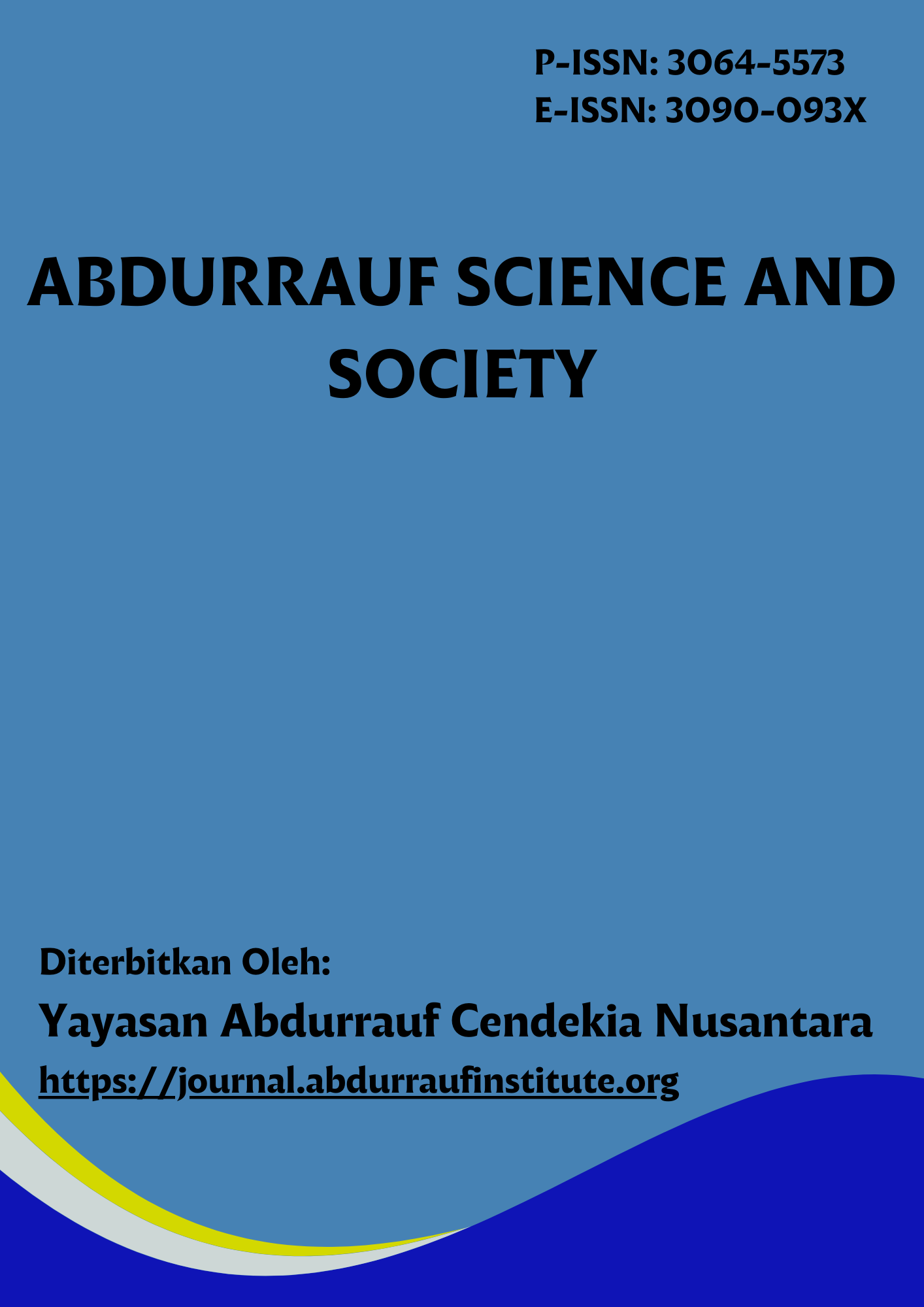Predicting Financial Distress Using the Grover, Springate, Taffler, Zmijewski, and Altman models: a Case Study of PT. Prima Alloy Steel Universal Tbk (PRAS) and PT. Sri Rejeki Isman Tbk (SRIL)
DOI:
https://doi.org/10.70742/asoc.v1i3.235Keywords:
Financial distress, Grover (G-Score), Springate (S-Score), Taffler (T-Score), Zmijewski (X-Score)Altman (Z-Score)Abstract
Every company aims to remain competitive in the business world and consistently generate profits. Nevertheless, some companies that have operated for years are eventually forced to cease production due to mounting debt, poor management planning, and unstable financial statements, leading to financial distress—as seen in the cases of PT. Prima Alloy Steel Universal Tbk (PRAS) and PT. Sri Rejeki Isman Tbk (SRIL). This research aims to determine which model among Grover (G-Score), Springate (S-Score), Taffler (T-Score), Zmijewski (X-Score), and Altman (Z-Score) is the most accurate in predicting financial distress. To evaluate the precision of each model, the study involves calculating the accuracy level of the prediction results. A comparative descriptive method with a quantitative approach is applied. The financial data analyzed in this study consists of the companies’ financial statements from the three years following their declaration of bankruptcy or financial distress by the Commercial Court. The results indicate that the Springate model has the highest level of accuracy, achieving a 100% accuracy rate and successfully predicting the bankruptcy of the companies studied. It hopes that the company must having competent leaders by seeking the risk of bankruptcy / financial distress to help decisions or policies making, in order to save and prevent from threatening bankruptcy in the future.
References
Dasgupta, K., & Mason, B. J. (2020). The effect of interest rate caps on bankruptcy: Synthetic control evidence from recent payday lending bans. Journal of Banking and Finance, 119, 105917. http://doi.org/10.1016/j.jbankfin.2020.105917
Elviani, S., Simbolon, R., Riana, Z., Khairani, F., Dewi, S. P., Fauzi. (2020). The Accuracy of the Altman, Ohlson, Springate and Zmejewski Models in Bankruptcy Predicting Trade Sector Companies in Indonesia. Budapest International Research and Critics Institute-Journal (BIRCI-Journal). Volume 3, No 1, February 2020, Page: 334-347. e-ISSN: 2615-3076, p-ISSN: 2615-1715
Fahmi, I. 2013. Analisis laporan keuangan. Bandung: Alfabeta.
Han, J. W., Kamber, M. & Pei, J. (2012). Data Mining Concept and Techniques. 3rd Edition, Morgan Kaufmann Publishers, Waltham.
Ipotnews.com. (2024). Kiprah Emiten Jago Ekspor Velg Racing yang Berujung Pailit, Investornya Ribuan, Ipotnews online. https://www.ipotnews.com/ipotnews/newsDetail.php?jdl=Kiprah_Emiten_Jago_Ekspor_Velg_Racing_yang_Berujung_Pailit__Investornya_Ribuan&news_id=439381&group_news=RESEARCHNEWS&taging_subtype=PRAS&name=&search=y_general&q=Prima%20Alloy%20Steel%20Universal&halaman=1. Accessed : January 30, 2025
Iswahyudi, M. (2022). Zmijewski, Taffler, Springate dan Grover Model : Analisis Model Prediksi Kebangkrutan. Ekuitas : Jurnal Pendidikan Ekonomi, Vol. 10, No. 1, pp. 129 – 137.
Kang, T. H., James, S. D., & Fabian, F. (2020). Real options and strategic bankruptcy. Journal of Business Research, 117(May), 152–162. http://doi.org/10.1016/j.jbusres.2020.05.057
Karas, M., & Srbová, P. 2019. Predicting bankruptcy in construction business: Traditional model validation and formulation of a new model. Journal of International studies, 12(1), 283-296. https://doi:10.14254/2071- 8330.2019/12-1/19.
Kordestani, G. et all. (2021). Ability of Combinations of Cash Flow Components to Predict Financial Distress. Business: Theory and Practice, Vol. 12, No. 3.
Ngwenya, S. (2018). Assessing the State of Financial Distress of Listed Gold and Platinum Mining Companies in South Africa. Journal of ŒCONOMICA, AUDŒ, Vol. 14, no. 4, (2018) pp. 655-677 ISSN: 2065-0175.
Platt, H & M, Platt. (2002). Predicting Corporate Financial Distres: Reflection on Choice Based Sample Bias. Journal of Economies and Finance, 26(2), 184-197.
Salimah, S., & Yunita, I. (2019). Analisis Tingkat Akurasi Model Springate, Ohlson Dan Grover dalam Memprediksi Financial Distress (Studi Empiris pada Perusahaan Sub Sektor Pertambangan Batubara di Bursa Efek Indonesia Periode 2013-2017). Jurnal Mitra Manajemen, 4(2), 302–311. https://doi.org/10.52160/ejmm.v4i2.350.
Sari, M, P., & Yunita, I. (2019). Analisis Prediksi Kebangkutan dan Tingkat Akurasi Model Springate, Zmijewski, dan Grover pada Perusahaan Sub Sector Logam dan Mineral Lainnya yang Terdaftar di Bursa Efek Indonesia Tahun 2012-2016, JIM UPB Vol 7 No. 1 2019,. Hlm. 72
Sugiyono. (2007). Metode Penelitian Bisnis, Cetakan Kesepuluh, Alfabeta, Bandung.
Tempo.co (2024), Sritex Dinyatakan Pailit, Apa Saja Faktor Penyebab Pailit?, Tempo Online. https://www.tempo.co/ekonomi/sritex-dinyatakan-pailit-apa-saja-faktor-penyebab-pailit--1163354. Accessed : January 30, 2025.
Yoseph, P. (2011). Analisis Kebangkrutan Dengan Metode Z-Score Altman, Springate Dan Zmijewski Pada Pt. Indofood Sukses Makmur Tbk Periode 2005 – 2009. Akurat Jurnal Ilmiah Akuntansi. Nomor 04 Tahun ke-2 Januari-April 2011.
Downloads
Published
How to Cite
Issue
Section
License
Copyright (c) 2025 David Peter Rotinsulu, David Paul Elia Saerang

This work is licensed under a Creative Commons Attribution-ShareAlike 4.0 International License.











